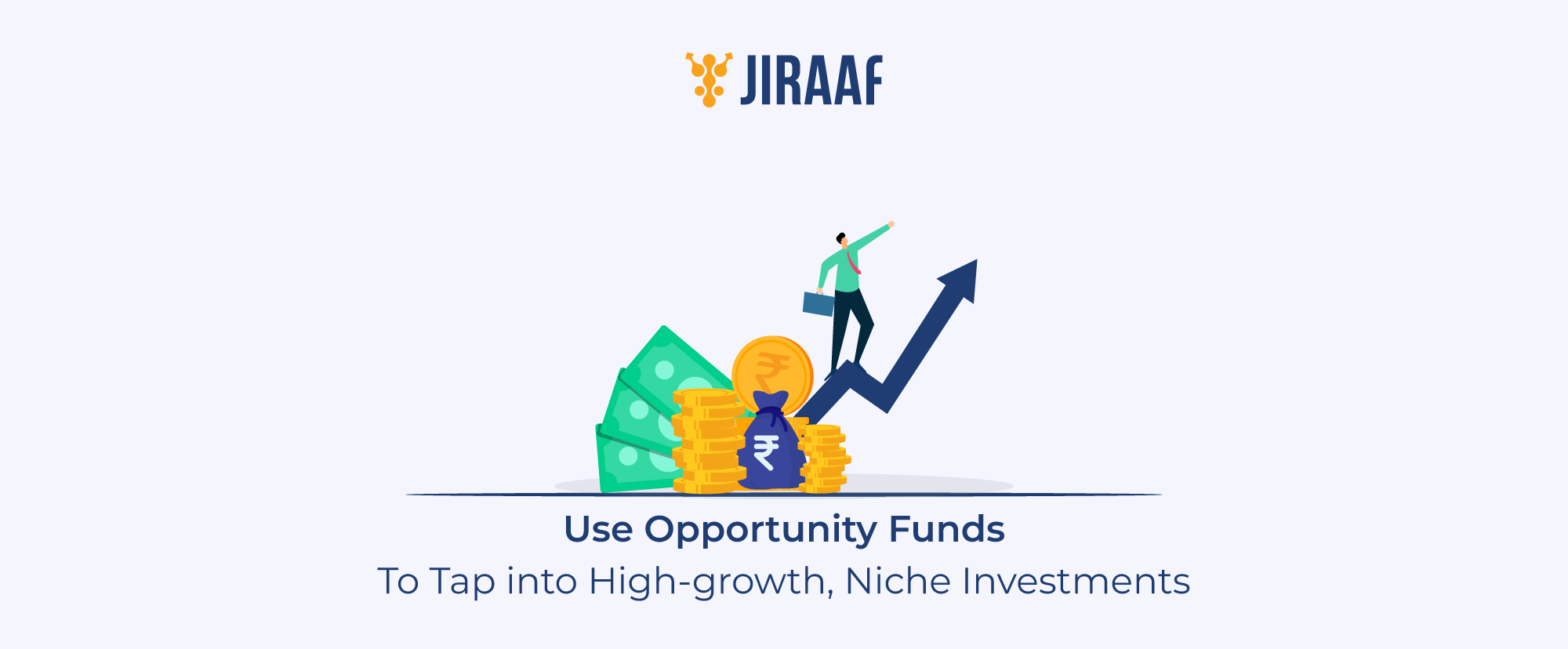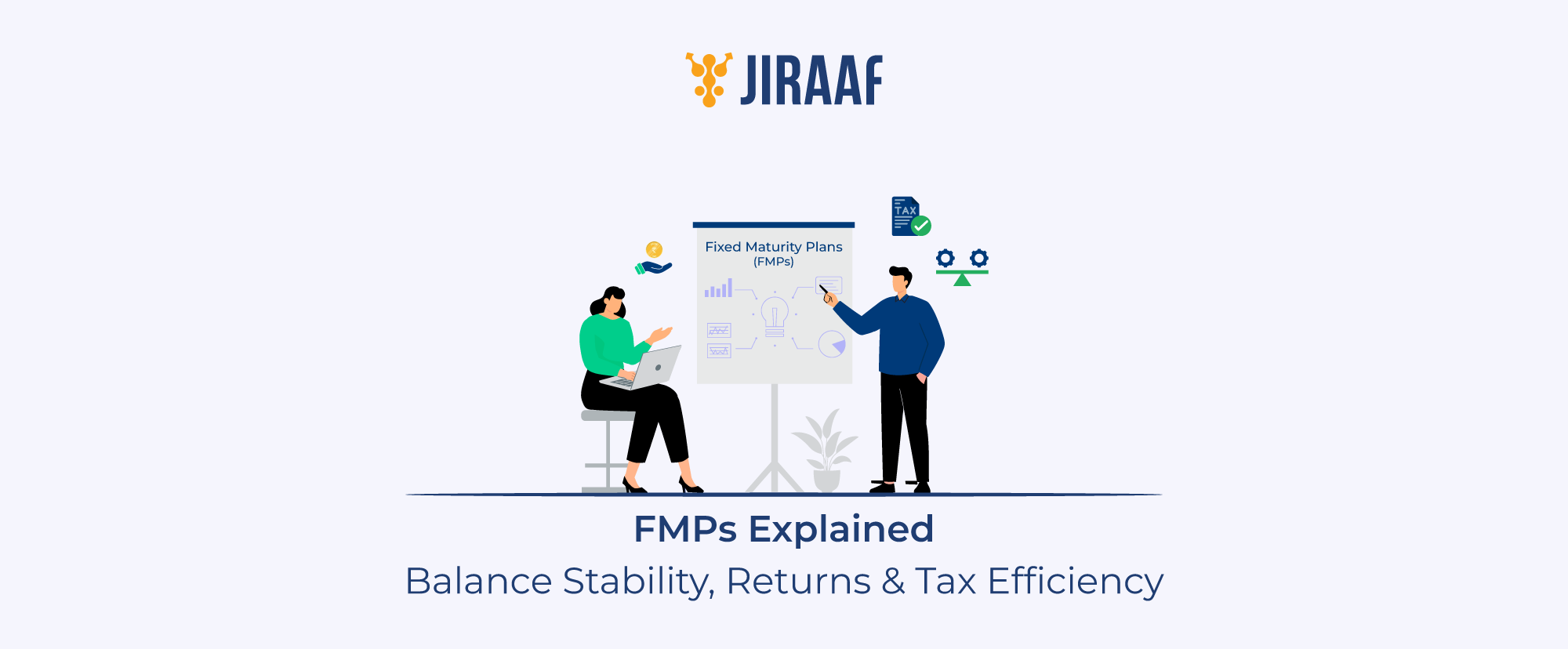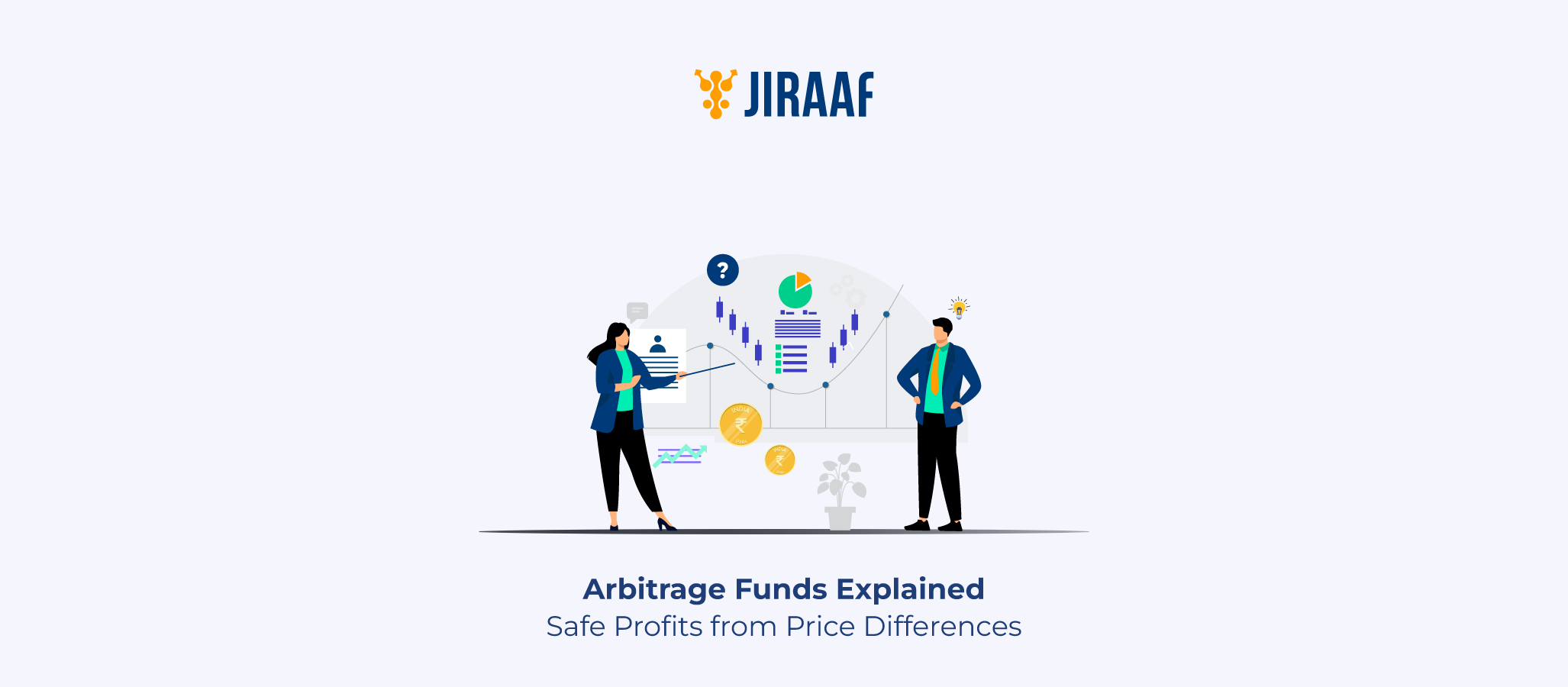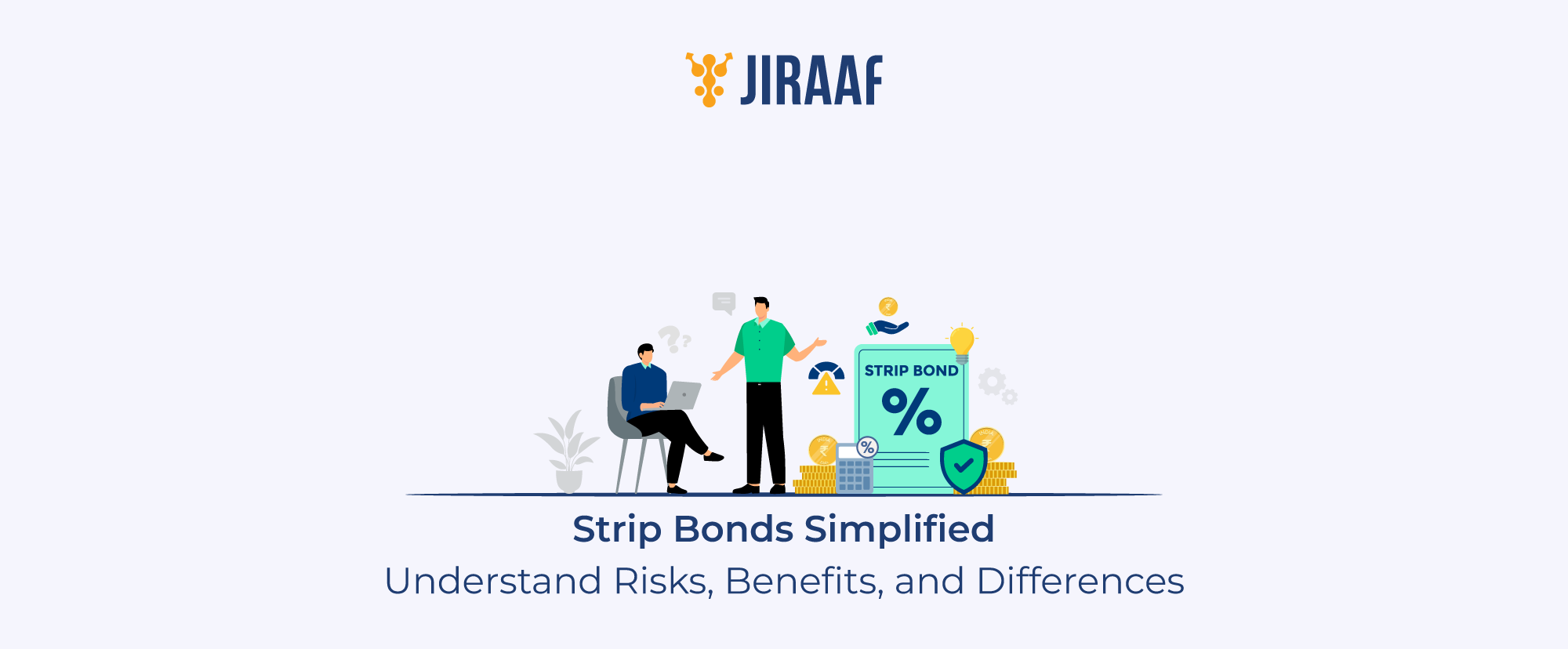Hybrid mutual funds are one of the most versatile investing options that help you spread your funds over many asset classes, including stocks, bonds, gold, or maybe even real estate. They are broadly classified into three categories: balanced advantage funds, aggressive hybrid funds, and multi asset allocation funds, each of which works with an exclusive risk appetite. Hybrid funds are ideal for you if you are looking for a mix of risks and returns. They provide diversification, active risk management, and are particularly well-suited for your long-term goals. In everyday life, they are effective for goals such as retirement planning, saving for your child’s education, and steadily accumulating wealth with moderate risk.
Hybrid Mutual Fund Meaning: A Simple Explanation
If you are looking for a smarter approach to diversify your portfolio, then hybrid mutual funds allow you to do that by combining different asset types into a single investment. Consider them a financial smoothie, blending in the growth potential of stocks (equity) with the stability of fixed-income instruments such as bonds and treasury bills (T-Bills). Some hybrid funds even comprise of other assets for further diversification. These funds provide a single solution for those seeking balanced growth, consistent income, or even lower risk. Hybrid funds are based on three key investment principles: the allocation of assets, correlation, and diversification. Here’s how they work for you:
- Asset allocation: This requires strategically allocating your money across several asset classes (such as stocks, bonds, and commodities) to balance risk and reward.
- Correlation: Since these assets do not always move in sync (some rise and some fall), your portfolio stays stable.
- Portfolio diversification: Holding various assets prevents overexposure to a single risk, smoothing out the investment trip.
Types of Hybrid Mutual Funds Explained
Hybrid mutual funds come in many different varieties, such as:
- Multi asset allocation fund: These funds need investments in at least three asset classes, with a minimum of 10% in each. These funds expose you to invest in a wider range of asset classes, with asset allocation determined by the fund manager.
- Aggressive hybrid funds: These schemes are required to invest at least 65 percent and up to 80 percent in the equity asset class and 20 to 35 percent in the debt asset class. They offer the opportunity of significant returns at low risk due to the limited allocation to debt. They benefit from the levy that applies to equity-oriented programs.
- Conservative hybrid funds: These schemes are designed to offer a balanced approach by investing 10% to 25% of their total assets in equity and equity-related instruments, while allocating the remaining 75% to 90% to debt securities. The primary objective is to generate stable income through the debt portion, while the equity component adds potential for higher returns. This category is ideal for investors seeking better returns than pure debt funds and are willing to take on slightly higher risk for that added growth potential.
- Equity savings funds: These funds aim to balance risk and return by investing in stock, derivatives, and debt. Derivatives limit directional stock exposure, which reduces volatility and generates consistent returns. Equity assets give growth and debt, while derivatives provide regular, predictable returns. These funds invest 65–100% in equity assets and 0–35% in debt asset classes.
Hybrid Funds in India: Market Overview
Here is a list of the five best-performing hybrid funds in India as of 2024:
| Scheme Name | Expense Ratio | 3-Year Returns |
| JM Aggressive Hybrid Fund | 0.56% | 27.1% p.a. |
| Quant Multi Asset Fund | 0.6% | 26.82% p.a. |
| Bank of India Mid & Small Cap Equity & Debt Fund | 0.87% | 25.56% p.a. |
| ICICI Prudential Retirement Fund – Hybrid Aggressive Plan | 0.81% | 24.99% p.a. |
| HDFC Balanced Advantage Fund | 0.77% | 24.36% p.a. |
Hybrid Funds vs Balanced Funds: Key Differences
The primary difference between hybrid mutual funds and balanced funds is how they allocate their assets. Hybrid funds invest in a combination of equity and debt. However, balanced funds dynamically modify their asset allocation in response to market conditions, whilst standard hybrid funds keep a relatively stable allocation.
| Parameter | Hybrid Fund | Balanced Fund |
| Asset allocation | No fixed ratio; varies based on the market circumstances & fund manager. | Fixed ratio (For example, 60% equity plus 40% debt). |
| Rebalancing | Adjustments are flexible based on market opportunities. | Rebalanced when deviates from predefined ratio (For example, 60:40). |
| Objective | Growth and income generation with lively asset allocation. | Focuses on stability using a fixed equity-debt split. |
| Returns | Potentially higher in bull markets (aggressive equity shifts). | Moderate, steady returns because of fixed allocation. |
| Risk | Varies (higher if equity-heavy, and lower if debt-heavy). | Balanced (controlled equity exposure). |
How Do Hybrid Mutual Funds Generate Returns?
Hybrid funds try to create profits in the short term, whereas in the long-term, they focus on capital appreciation while maintaining a balanced portfolio. Fund managers allocate your money in varied amounts between equities and debt, depending on your investment goal. The fund manager can swap securities to profit from ongoing market movements.
Hybrid mutual funds generate profits for you by intelligently combining the growth potential of equity with the stability of debt instruments – all in one investment. Here’s how they work in the market:
When the stock market rises, the equity element increases your returns, precisely like a pure equity fund. Meanwhile, the debt part serves as a soft cushion during market downturns, offering steady interest income and minimizing the volatility. Fund managers actively adjust reservations, shifting more into equities during optimistic periods (such as when the Sensex rises) and switching to safer debt during crashes.
Some hybrid funds (such as aggressive hybrid funds) may invest a small amount of their assets in gold or other such assets to diversify. Another advantage is that taxes are more efficient. If the fund has over 65% exposure to equity, long-term gains are taxed at only 12.5% (above ₹1.25 lakh), making it a tax-smart choice compared to other fixed income investments, like FDs.
Who Should Invest in Hybrid Mutual Funds?
If you’re an investor who wants to grow without worrying about market crashes, hybrid mutual funds could be your investment avenue. These funds are tailored to your needs if:
- You seek balanced growth: You seek growth that is neither too aggressive like pure equities nor too conservative like FDs, just balanced. Perfect for that sweet spot in which your money expands consistently while also remaining safe.
- You are a first-time investor: If you are new to mutual funds, hybrid fund’s work a lot like training wheels, providing equity exposure while cushioning your falls with debt.
- You are saving for mid-term goals (3-7 years): If you are planning a dream vacation, a home down payment, or your child’s education, the equity-debt mix allows your corpus to expand faster than FDs while lowering risk.
- You want tax-efficiency: Hybrid funds, with equity taxation benefits (12.5% LTCG after ₹1.25 lakh), can outdo typical debt options post-tax, particularly in the 30% tax bracket.
Tax Implications on Hybrid Mutual Funds
- Equity-Oriented Hybrid Funds (>65% Equity)
If your hybrid fund invests 65% or more in equities, it is taxed as an equity fund. If you are selling within one year, the gains are taxed at 20%, whereas, if you plan on holding for more than a year, the gains beyond ₹1.25 lakh per year are taxed at 12.5%. This makes them perfect to accumulate long-term wealth in higher tax bands.
- Debt-Oriented Hybrid Funds (<65% equity)
If equity exposure is lesser than 65%, debt fund tax rules are applicable. Capital gains in this case are taxed as per the applicable income tax slab rates, regardless of the holding period. Additionally, any interest earned will also be subject to taxation based on your individual tax slab.
- Dividend Taxation
Dividends on hybrid mutual funds are taxed based on your income bracket. For people in the 30% group, growth alternatives like capital gains are more appealing than dividend payouts.
Conclusion
Hybrid mutual funds bring together the stability of debt and the potential of stocks to give you an intelligent and flexible investing option. These funds offer a variety of options to suit varying investment objectives, risk tolerances, and time horizons, ranging from conservative to aggressive. Hybrid funds can be a great starting step towards building wealth, regardless of your level of experience with investing or your desire for a well-rounded, tax efficient strategy. They are a good option for you if you are looking to create a robust portfolio for both short and long-term financial objectives because of their dynamic asset allocation, diversification, and risk-adjusted returns.
FAQs
What is the difference between hybrid and balanced mutual funds?
The primary areas of difference between hybrid and balanced funds are risk and strategy. Balanced funds, which offer lower risk and steady income are perfect for conservative investors investing 60% in stocks and the remaining portion in debt. Conversely, hybrid funds make sense for investors with a modest tolerance for risk because they don’t have a set allocation and fluctuate along with the market. Both are subject to taxes based on equity exposure; hybrid funds are slightly riskier but offer greater flexibility.
Are hybrid mutual funds safe for beginners?
Hybrid mutual funds are known to be riskier investments in comparison to debt funds however they are still safer than pure equity funds. These funds are more likely to offer superior returns in comparison to debt funds and are popular among several low-risk investors, so they essentially are suitable for beginners.
Discover fixed income investments with Jiraaf, a SEBI registered online bonds platform that educates and brings access to a wide array of bonds. Sign up today to explore diversified fixed income investment opportunities to support your goal-based wealth creation journey. Start investing!









